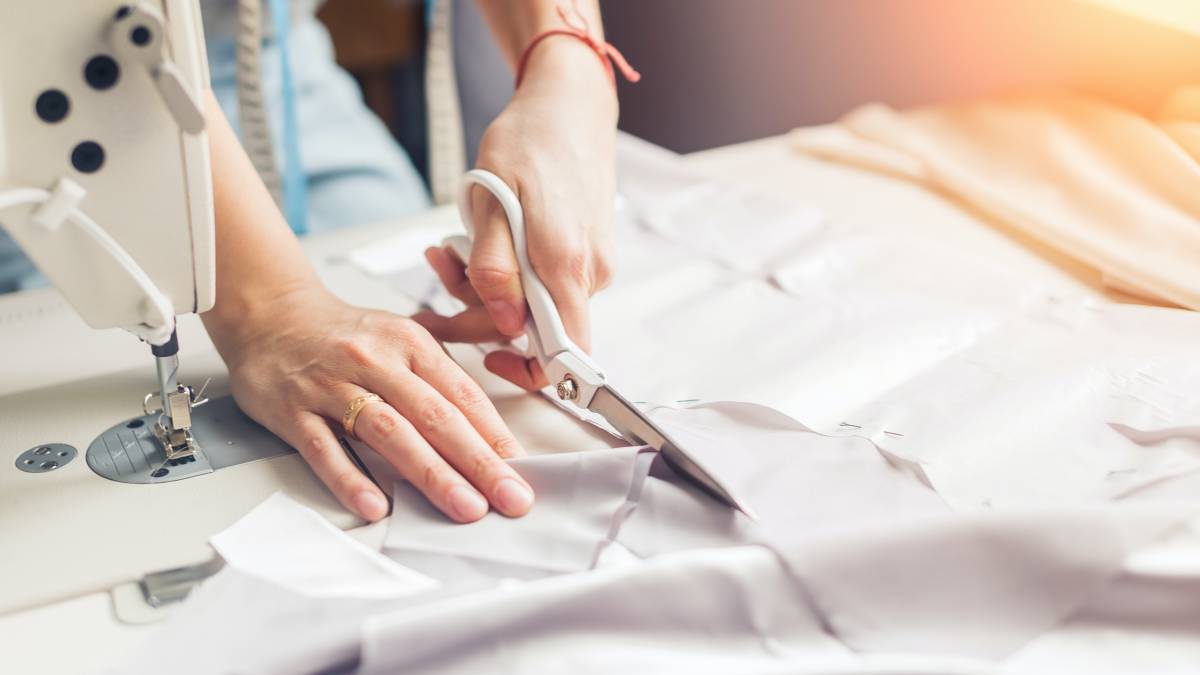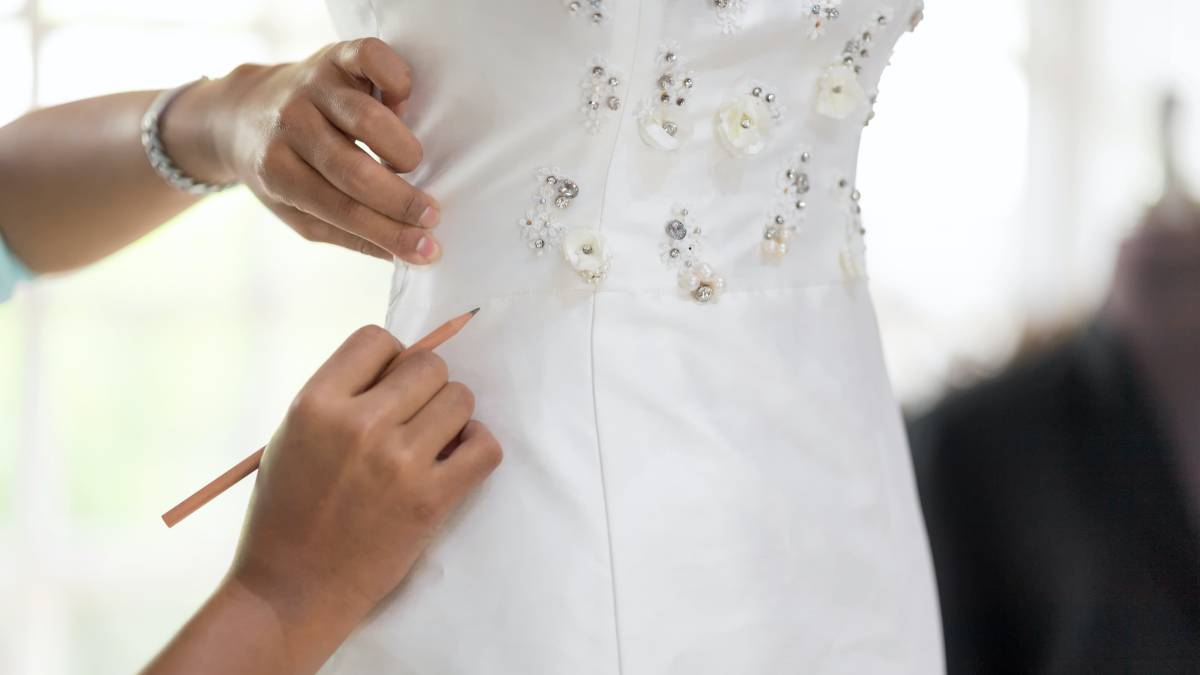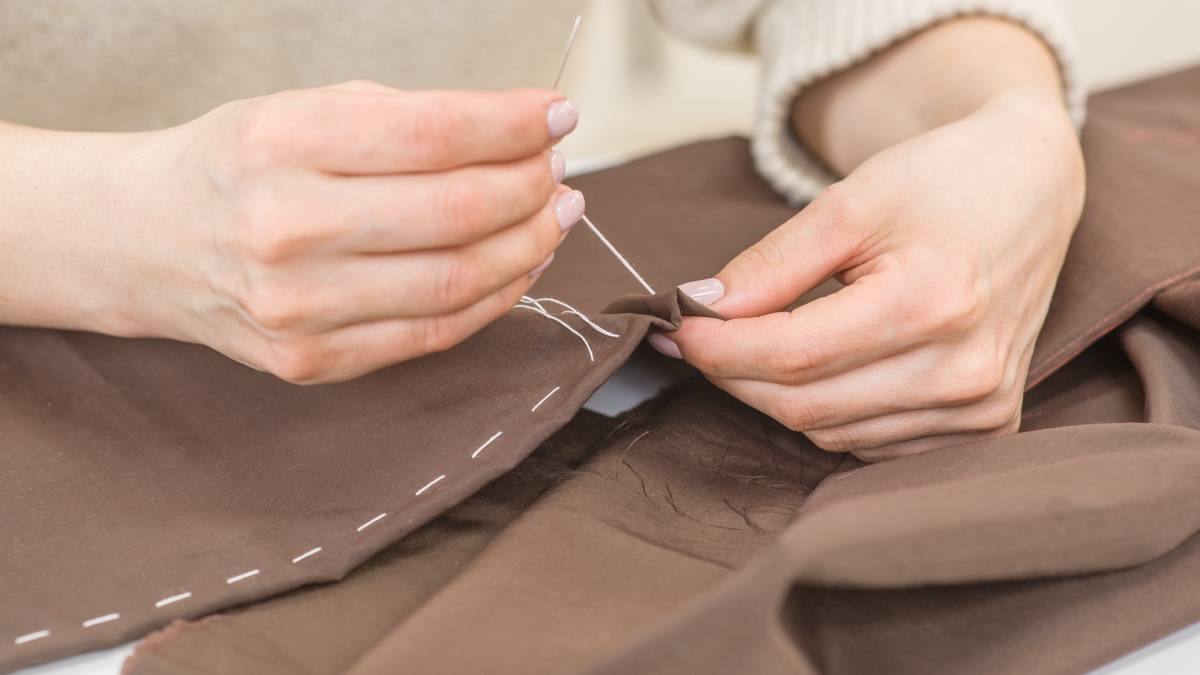- Home/
- Comparisons/
- Alterations/
- Alterations vs Tailoring
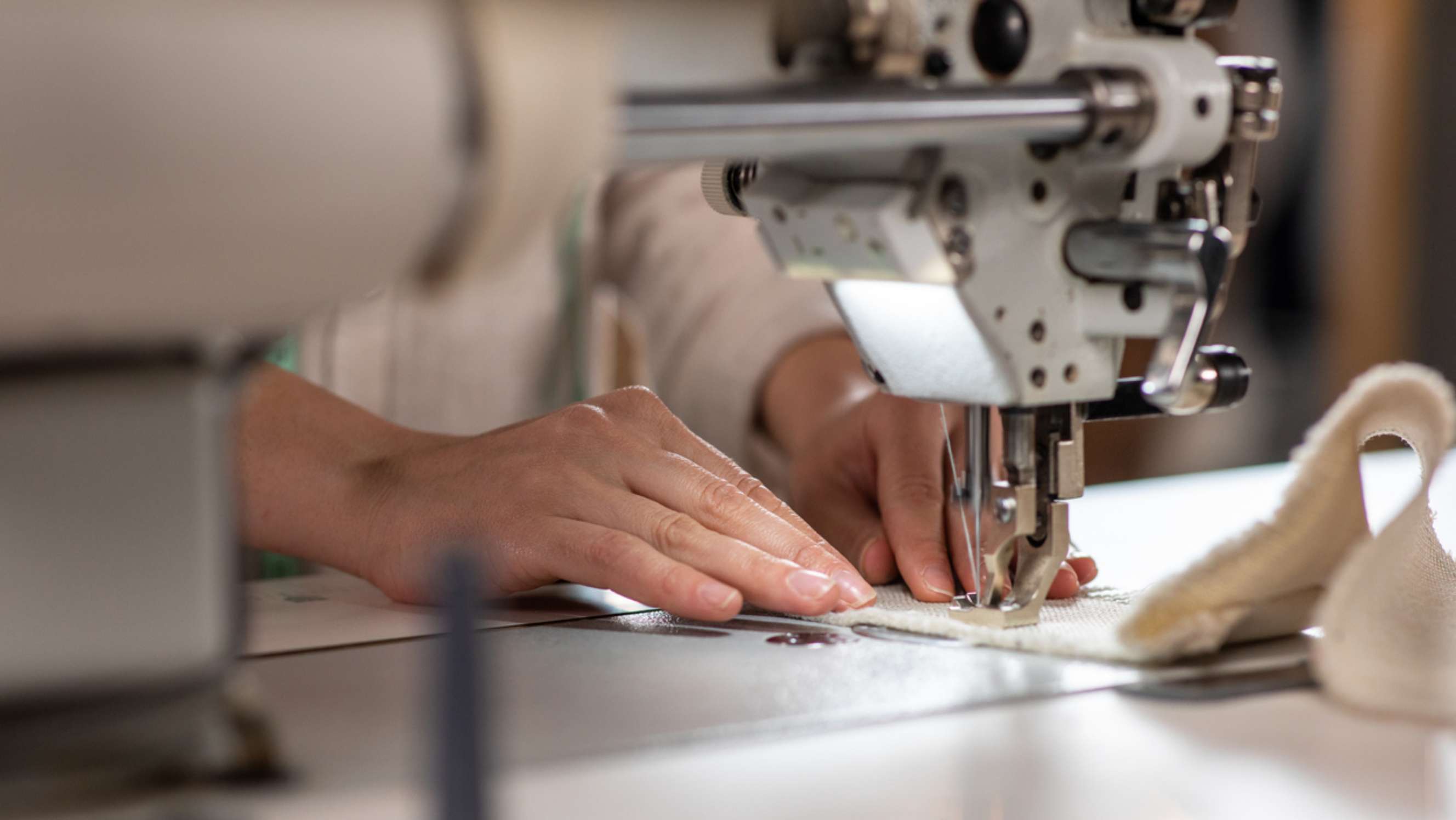
Alterations vs tailoring: Which one do you need?
Comparing tailoring and alterations based on garment customisation, extent of changes, permanence, and more.
Hire a tailor or alteration expertLast Updated on
Key Facts
- Alterations refer to minor adjustments made to existing garments for a better fit.
- Tailoring refers to creating custom-fitted clothing from scratch based on individual measurements.
Wondering whether your clothes should fit like a glove or if they’re stuck in the loose-mitten zone? Getting the perfect fit can often leave you scratching your head. That’s why it’s crucial to understand the differences between alterations vs tailoring.
This comparison guide will help you decide whether you need minor tweaks or a completely custom piece. Learn which skilful professional can transform your wardrobe and give you the confidence you're after.
What does alteration mean? 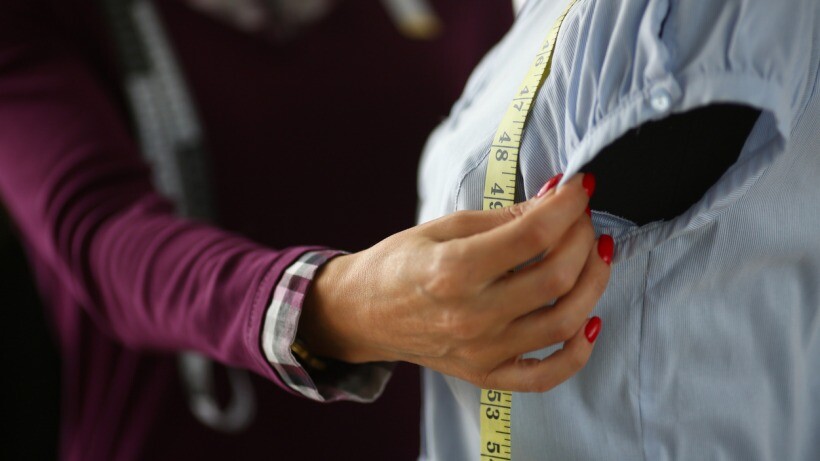
Alterations are essentially those little tweaks and adjustments made to your existing clothes to ensure they fit just right. Think of them as giving your dress or suit a bit of a tune-up.
Maybe the sleeves are too long, the waist needs to be taken in, or the hem needs lifting. A clothing alteration service can handle all these small adjustments. They don’t redesign or reconstruct your garment. They simply adjust it to better match your body. They'll enhance the fit and comfort of clothes you already own.
What does tailoring mean?
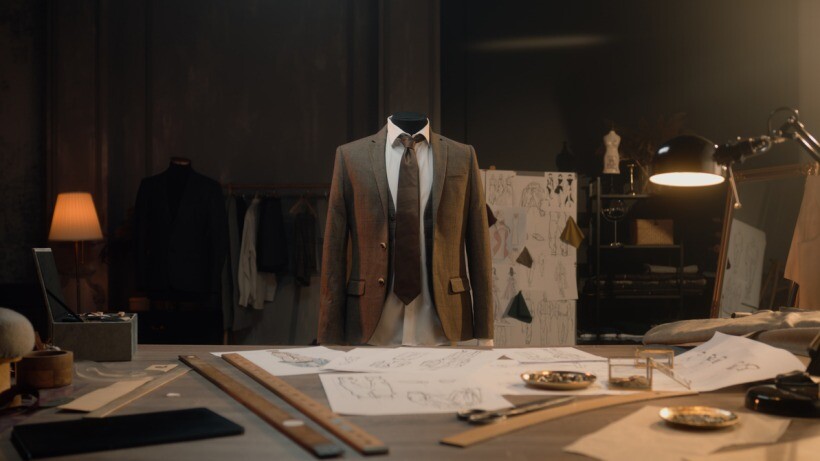
Tailoring means creating custom-fitted pieces from scratch based solely on your body measurements. When you’re talking about tailoring, you’re diving into the world of bespoke and made-to-measure clothing.
So, how does it work? A professional tailor will take a series of detailed measurements to capture the unique aspects of your body shape. Then, they'll craft a piece that fits you perfectly. It’s like having your own personal fashion designer who can put together a suit or dress that's designed just for you.
Unlike alterations, tailoring doesn’t just adjust what you already have. Instead, it builds something completely new, with every stitch purposefully placed to flatter your figure.
Tailor vs alterations: What are their key differences?
So, what's the real difference between tailoring and alterations? Don't worry, you’re not alone. A lot of people get these two mixed up.
While both services aim to make your clothes fit better, they do so in distinct ways. Understanding the key differences can help you decide which service you need. Let's break it down and dive into each factor worth considering.
In terms of garment customisation
One thing to always consider when choosing between clothing repairs is whether they would give you the garment customisation you need. Take suit alteration, for example. This service focuses on tweaking an existing garment to better match your body's dimensions.
With alterations, you get a refined fit without the need to invest in a completely new suit. Shortening sleeves, taking in waistlines, or adjusting lengths are all part of the process.
When it comes to tailoring a dress, though, the approach involves creating a one-of-a-kind piece that fits every unique curve and line of your body. Tailoring offers endless possibilities to design clothing that reflects your personal style and physical silhouette. This custom fit ensures you get a garment that's both comfortable and aesthetically pleasing.
In short, tailoring gives you a fresh, bespoke piece. Meanwhile, alterations breathe new life into your current wardrobe. The key is to know when you need a complete custom creation and when a few tweaks will do the trick.
In terms of the extent of changes
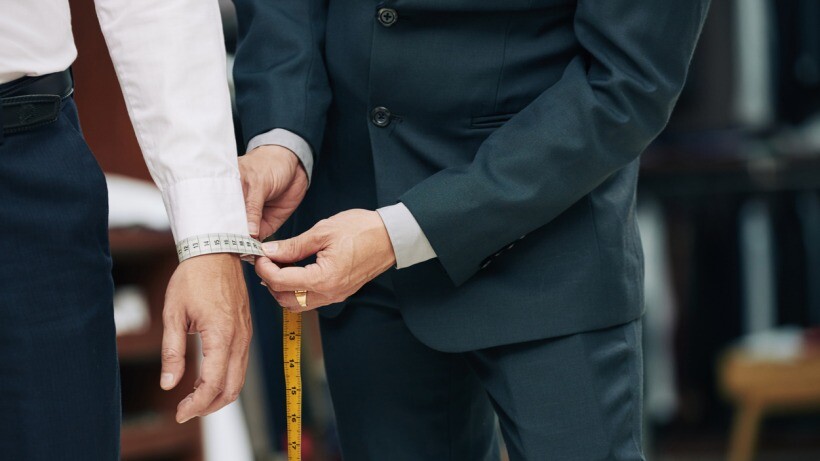
The extent of changes in alterations generally focuses on practical adjustments to existing garments. For example, you might take in a suit jacket's sides or shorten its sleeves to improve the fit without significantly altering the original design. Minor tweaks like these make your clothing feel more customised but don't involve a major overhaul.
Similarly, during dressmaker alterations, you can either change the neckline or add embellishments to elevate the garment's look. These changes are more extensive than basic alterations but don't require crafting an entirely new dress.
Tailoring services, on the other hand, dive much deeper into garment construction. If you're getting clothes tailored, the dressmaker will often start from scratch to design the outfit according to your unique measurements and style preferences. This makes the final product truly one-of-a-kind.
In terms of the end result
Alterations and tailoring provide distinct outcomes that cater to different needs. With the alteration of a dress, the result is often an improved appearance while retaining the original design elements. In contrast, tailoring produces a garment meticulously crafted from the ground up, so it's basically a personalised masterpiece.
You'll find that alteration brings about refined changes, like adjusting hem length or taking in side seams for a more flattering fit. These modifications can significantly improve comfort and wearability, though they won't drastically alter the garment's overall look.
When you opt for tailored clothing, expect a creation that stands out due to its custom design. These offer a distinct sense of uniqueness and luxury that's usually unattainable through an alterations service alone.
In terms of permanence

When considering services like stitching alterations, you're looking at temporary fixes designed to enhance wearability. These changes are generally reversible. If you change your mind or your body changes, you can easily adjust or undo these alterations.
For starters, if you need the garment for special occasions such as weddings, tailoring might be an overkill. Wedding dresses with significant alternations can achieve a flawless fit. Wedding dress alterations can involve everything from adjusting the bodice and hemline to adding bespoke embellishments to make the dress uniquely yours.
Tailoring offers a much more permanent solution. Altering a tailored piece later is possible, but it's more complex and might compromise the garment's integrity. With tailoring, you're investing in a long-term solution that's meant to perfectly fit your body type and style for years to come.
In terms of turnaround time
Alterations generally win the race when you consider the time it takes to finish. Changes, like hemming or taking in a seam, can usually be completed in a few days. It's perfect for quick, last-minute adjustments.
On the flip side, tailoring involves a much lengthier process. Creating a garment from zero or making significant modifications requires more time and finesse. It often takes several weeks.
Regardless if you're working with a tailor or a seamstress, plan ahead for your clothing adjustments. If you only need a few repairs or changes, a seamstress with expert sewing skills will do. However, a tailor can also be an alterations expert, so make sure to ask beforehand.
In terms of cost

Alterations, in general, tend to be more affordable compared to tailoring. While tailoring costs range from £7 to £120, alterations fall between £10 and £100. If you’re adjusting a tuxedo, expect the higher end of the spectrum due to the complexity involved.
With dresses, alterations typically range from £7 to £90, making them a more affordable option. And if we compare the cost of tailoring a custom suit, it can escalate to the £120 mark easily. So, when weighing tuxedo vs suit, bear in mind that formalwear alterations often demand a premium.
Get your clothes expertly tailored or altered with Airtasker
Ultimately, whether you opt for alterations or tailoring, the goal is the same: a perfect fit that makes you feel confident and comfortable. So, don't stress over the details and just post a task on Airtasker.
Airtasker can help you find experienced seamstresses and talented tailors who'll tweak your clothes to perfection. It’s easy, convenient, and you’ll be quickly connected with skilled professionals ready to help.
Post a task today and connect with the best in the business to get your wardrobe looking its best!
Alterations vs tailoring
| Alterations |
Tailoring | |
| Garment Customisation |
Minor adjustments to existing garments |
Custom-fitted clothing based on specific measurements |
| Extent of Changes |
Practical adjustments to improve fit |
Major overhaul; a garment is built from scratch |
| End Result |
Improved appearance; original design is retained |
Unique, personalised clothing |
Permanence |
Temporary and reversible changes |
Permanent solution |
| Turnaround Time |
Quick; only takes a few days |
Lengthy; might take several weeks |
| Cost |
Less expensive because only changes are done |
More expensive due to the precision and skill required |
FAQs on alterations and tailoring
Tailoring can be divided into three types: Bespoke, made-to-measure, and ready-to-wear. Each type offers varying levels of customisation and fit: Bespoke involves creating a garment from scratch; made-to-measure uses existing patterns that are then altered to fit your specific measurements; and ready-to-wear refers to off-the-rack clothing.
Hemming is a type of alteration focused on adjusting the length of garments. However, alterations cover a wider range of adjustments to change a garment’s fit and style.
Typically, a dress can be tailored down by up to two sizes while maintaining its original integrity and style.
Find alteration tailors, fast
Post a task
Related articles
Related price pages
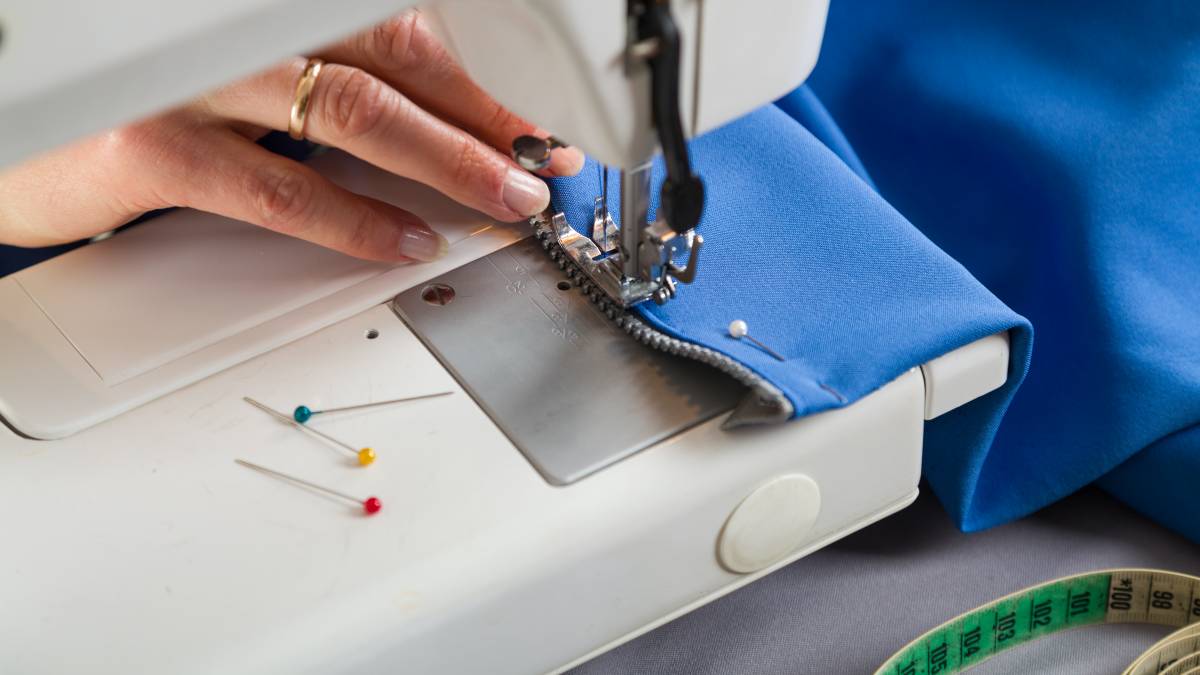
How much does it cost to alter clothes?
Read more




